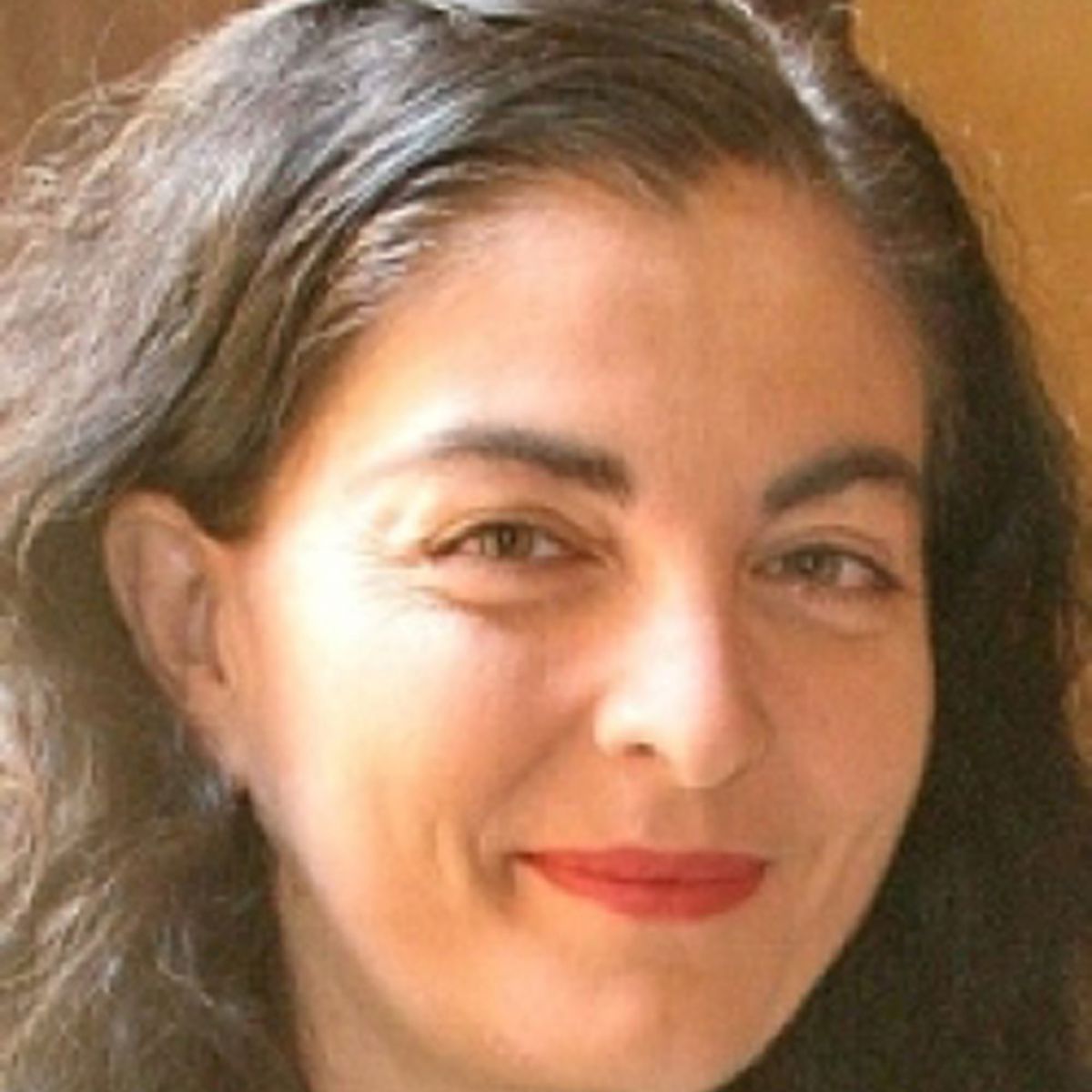L’arte del pensiero scientifico

Giovedì 13 gennaio 2022, ore 17.00
Aula Magna Villa San Saverio
Via Valdisavoia, 9 - Catania
e
Piattaforma Microsoft Teams: Fai clic qui per partecipare alla riunione
Marilù Chiofalo
ABSTRACT (English below): Il pensiero scientifico, come quello artistico, parte da una forma di realtà, crea una sua comprensione, dà forma all’atto creativo con un qualche sistema simbolico ad alta densità di informazione, per poi riconnettersi alla realtà. In questo ciclo, ogni coriandolo di cervello è coinvolto: investire nell’alfabetizzazione al pensiero scientifico in ogni età sarebbe dunque una rivoluzione per lo sviluppo di persone e comunità intelligenti. Tuttavia, quando la fisica entra nel percorso di istruzione, in ogni caso troppo tardi, viene più spesso insegnata in modo deduttivo, con le equazioni a precedere discussione di fatti sperimentali e creazione di ipotesi: si perde così l'opportunità di educare alla creatività come connettore tra realtà e astrazione, e si spengono curiosità e apprendimento attivo.
Come dunque rimettere idee e pensiero scientifico al centro del percorso educativo, indipendentemente dal grado di istruzione? La risposta è semplice, la sua implementazione complessa: è necessario cambiare paradigma nel modo di insegnare la fisica, introdurla nei luoghi di educazione non formale, e iniziare i percorsi educativi sin dall’infanzia.
Nella prima parte di questo colloquio si discute il valore di un approccio hands-on adatto a tutte le età, in cui le tecnicalità del linguaggio vengono seminate nel terreno reso fertile dalla curiosità dei fenomeni di vita quotidiana, adottando livello di difficoltà adeguato al grado di istruzione. Si mette dunque in luce come un tale approccio di fatto funzioni per sviluppare tutte le intelligenze in una forma di didattica inclusiva. Nella seconda parte, si illustra una particolare implementazione, l’ambiente di insegnamento/apprendimento Street Physics Toolbox-Physics of Everyday life, adottato in contesti di educazione formale e non formale per ogni età, e di sviluppo professionale di insegnanti di scuole di ogni grado. Nell’ultima parte del colloquio, si discute come tale approccio possa caratterizzare anche l’educazione alla fisica e alle tecnologie quantistiche, dove le necessarie alfabetizzazioni sperimentale e formale rappresentano una sfida nella sfida.
ABSTRACT: Scientific thinking, likewise the artistic one, originates from a form of reality, creates its understanding, shapes the creative act by means of some form of symbolic system with highly dense of information, and finally re-connects to reality. In this cycle, every tiny confetti of our brain is involved: investing in scientific literacy at any age, would therefore be a revolution for the development of intelligent persons and communities. However, when physics enters everyone’s educational path, anyway too late, it is most often taught in a deductive manner, with equations preceding discussion of experimental facts and hypothesis creation: In this manner, the opportunity to educate in creativity as a link between reality and abstraction is lost, and curiosity and active learning are extinguished.
How then to put scientific ideas and thinking at the centre of the educational process, regardless of the level of education? The answer is simple, its implementation complex: it is necessary to change paradigm in physics teaching, introduce the latter also in contexts of non-formal education, and begin since childhood.
In the first part of this colloquium, the value of a hands-on approach suitable for all ages is discussed, in which the technicalities of language are sown in the soil made fertile by the curiosity of everyday-life phenomena, adopting a difficulty level appropriate to the education degree. It is then highlighted how such an approach actually works to develop all intelligences as if it were an inclusive form of teaching. In the second part, a particular implementation is illustrated, the teaching/learning environment called Street Physics Toolbox-Physics of Everyday life, adopted in formal and non-formal education contexts for all ages, and in the professional development of teachers of schools of all grades. In the last part of the colloquium, it is discussed how this approach can also characterize the education to quantum physics and technologies, where the necessary experimental and formal literacy represent a challenge in the challenge.
Per informazioni: ssc.comunicazione@unict.it